Dr. Torhan al-Mufti
Translate : AHMED FEKRI
The term “revolution” in Arabic denotes a state of eruption or emergence of something from a confined or prohibited system into an open space, unrestricted, consuming everything in its path both green and dry, at unexpected times, with unpredictable force, and with unanticipated results. Hence, the term “revolution” was applied to volcanic activities, describing such events as the “revolution of the volcano” or “volcanic eruption.”
So, what are the signs and accompaniments of a volcanic eruption? A volcanic eruption is accompanied by ground movements and cracks due to the loosening or friction of tectonic plates, leading to the emission of lava. This lava then follows the volcanic activities, releasing stones and fire with temperatures reaching up to around 2,000 degrees Celsius. What does this lava do? It consumes everything near the volcano. It kills life, erases growth, and spreads chaos and death across the air, soil, and water. Consequently, the behaviors of the volcano and its lava are random, without prior warning, and without a studied outcome, leaving others to bear the results of this revolution, whether willingly or unwillingly. Moreover, a volcanic revolution is not final; even a small movement or minor crack can trigger a new volcanic revolution at the same site, perpetuating instability in that area until the will of God or a decisive order prevails.
Returning to our current context, what happened in 1958 was a coup (or revolution) driven by feelings of injustice, classism, poverty, and a desire for progress and prosperity. However, it effectively ended the concept of peaceful power transfer, changed the system’s philosophy, and led to killings and house burnings. The images of murder and dragging bodies overshadowed any achievements, construction, and opportunities for cohesion that followed, despite being numerous and logical. It clearly indicated that what happened was, in essence, a human-form volcanic revolution that consumed societal concepts, legitimizing the principle of seizing power through violence, murder, displacement, and executions. This revolution was the first actual violation of Iraq’s sanctity, but not the last. The first repercussions of this revolution (the coup) were the armed movements of Shawaf in Mosul and Umm al-Tubal in Baghdad, leading to the massacres in Kirkuk in 1959, characterized by dragging bodies, killings, and the use of force to impose opinions and move towards power.
The matter didn’t end there; the revolution entered a new phase of devouring its children. Here we see Abdul Salam Arif and others resorting to weapons and believing in bloodshed as a principle for power transfer, seeking to eliminate for the sake of power, loving killing for the sake of power, leading to the first child of the revolution, Abdul Karim Qasim (leader of the July 14, 1958 coup and the first to spill blood for power), being devoured in 1963. He became a victim of the principle he established, disregarding the sanctity of Iraq by spilling blood and violating the constitution. Iraq’s tragedy did not end; conspiracies, killings, and atrocities for power seizure continued. In 1968, the Ba’ath and chauvinism seized power, hindering any actual building process for Iraq, creating a divide-and-rule policy among citizens, producing the principle that Iraqis have different grades of citizenship, leading Iraq into adventures, wars, militarization of society, and intolerance of opposing opinions, using force and disappearance against dissenters. The change came in 2003 with the fall of the Saddam regime, full of its tyranny and crimes, but violence continued with the emergence of terrorist groups, destabilizing Iraq and attempting to divide it and dissolve the Iraqi state.
All the previously mentioned events, briefly summarized, stemmed from the absence of the principle of peaceful power transfer, practically established in 1958, which, despite intentions of (reconstruction and progress), resulted in social setbacks. These bloody sequences overshadowed any achievements or constructions that occurred during the periods of (revolutions) and coups.
Now:
Iraq has taken steps towards transforming into a stable country governed by law, a country with many promising signs and more challenges. Perhaps the most important is that Iraqis believe in the peaceful transfer of power (and rejecting the idea of revolution from now on). This belief is evident after every parliamentary election and the formation of successive new governments. Iraq has fought unitedly against terrorism and ISIS. Indeed, Iraq has laid its first steps towards systematic stability through the peaceful transfer of power following every national election, as a result of fledgling democracy. If given a real opportunity, Iraq will fully recover from all its past wounds and bruises, moving away from the philosophy of bloodshed. Iraq’s destiny is to lead the region and be the most critical factor in Middle Eastern equations.

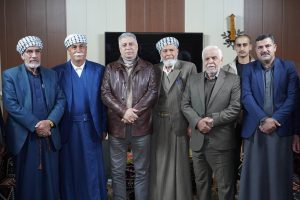
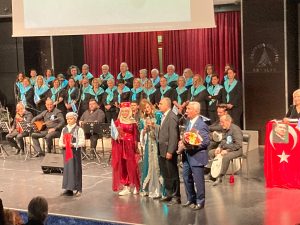
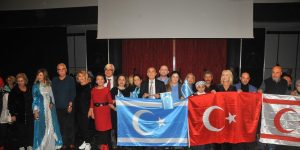
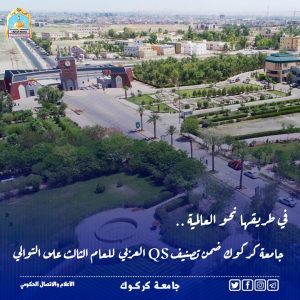
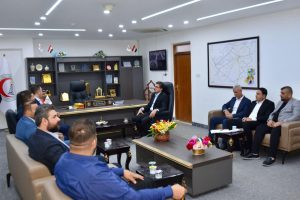

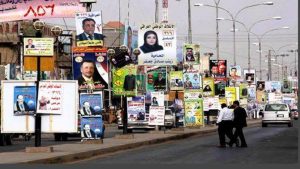
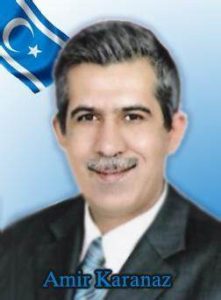






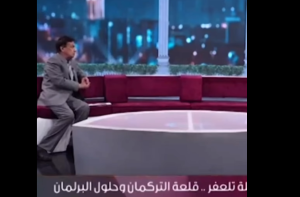
Be First to Comment